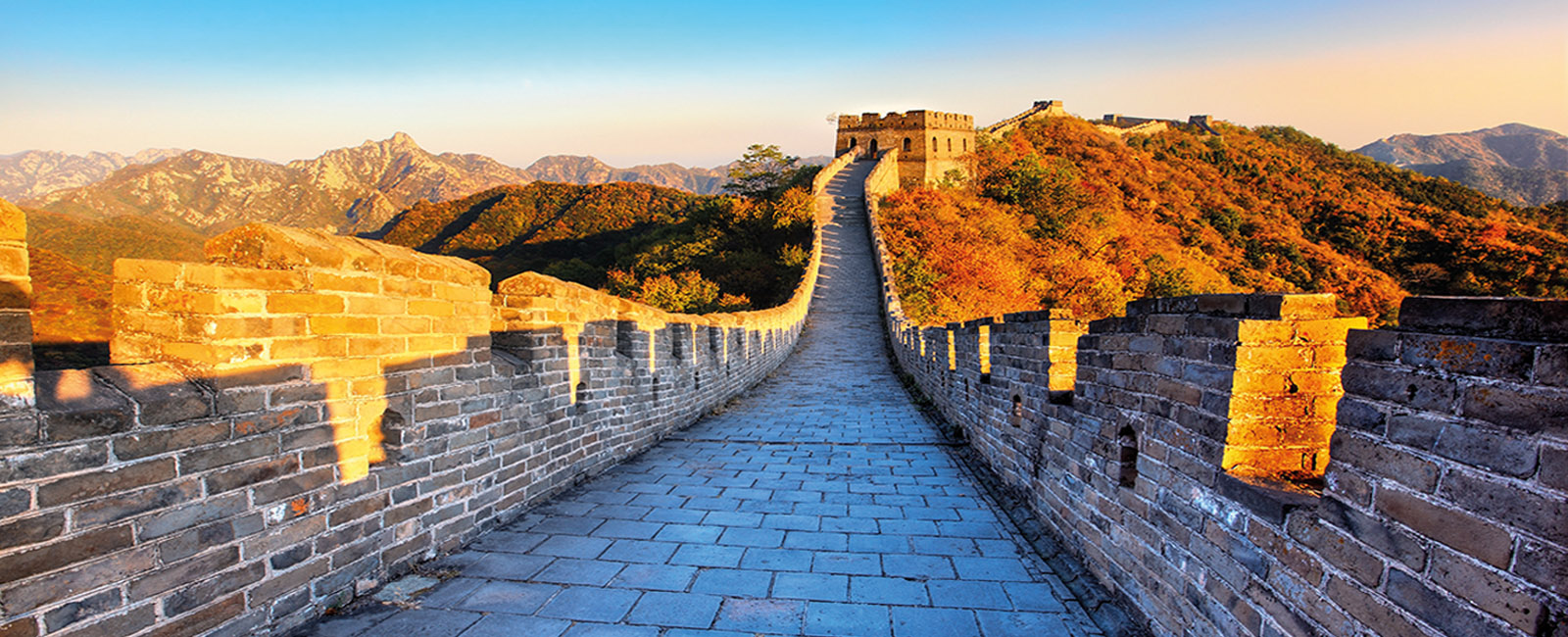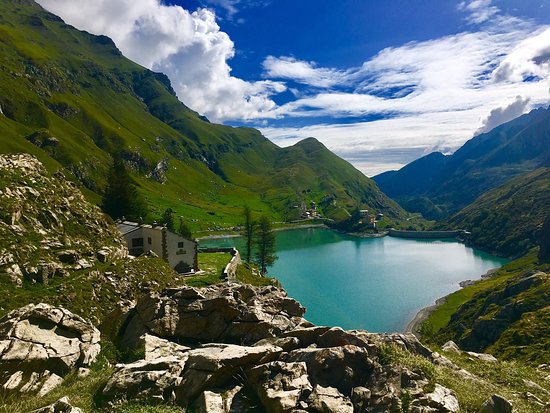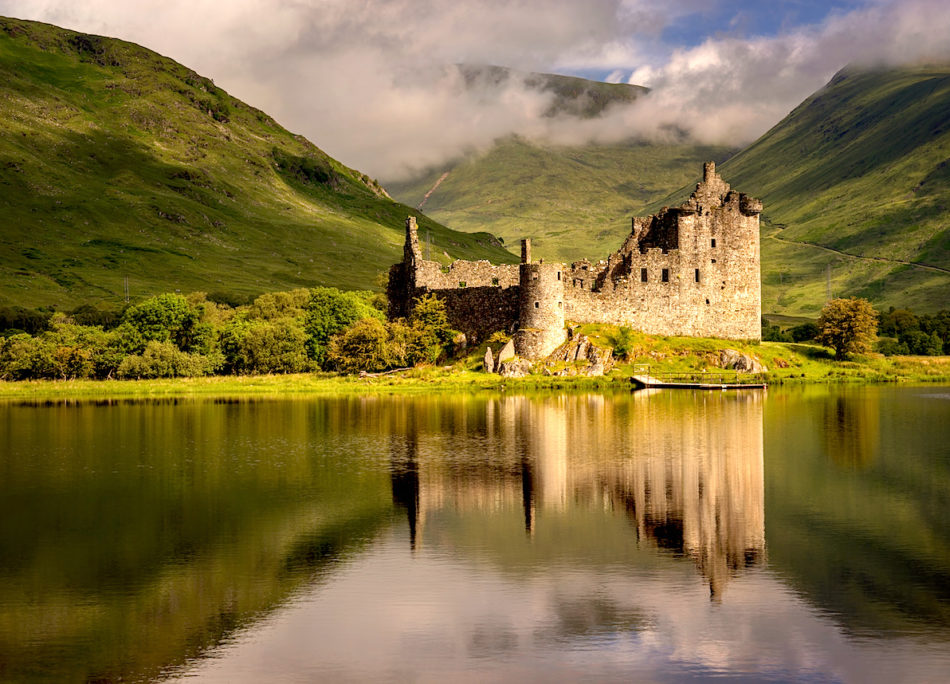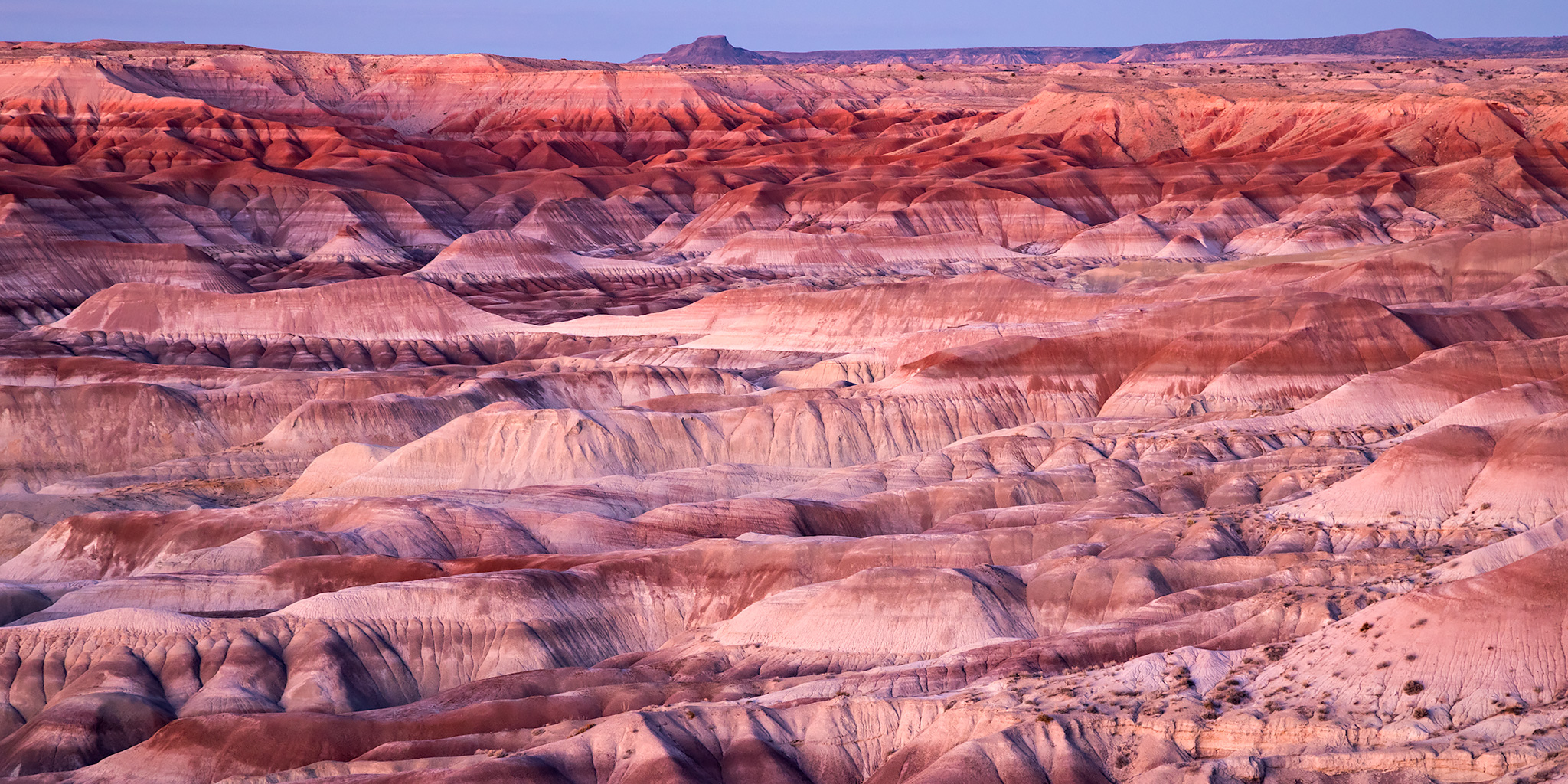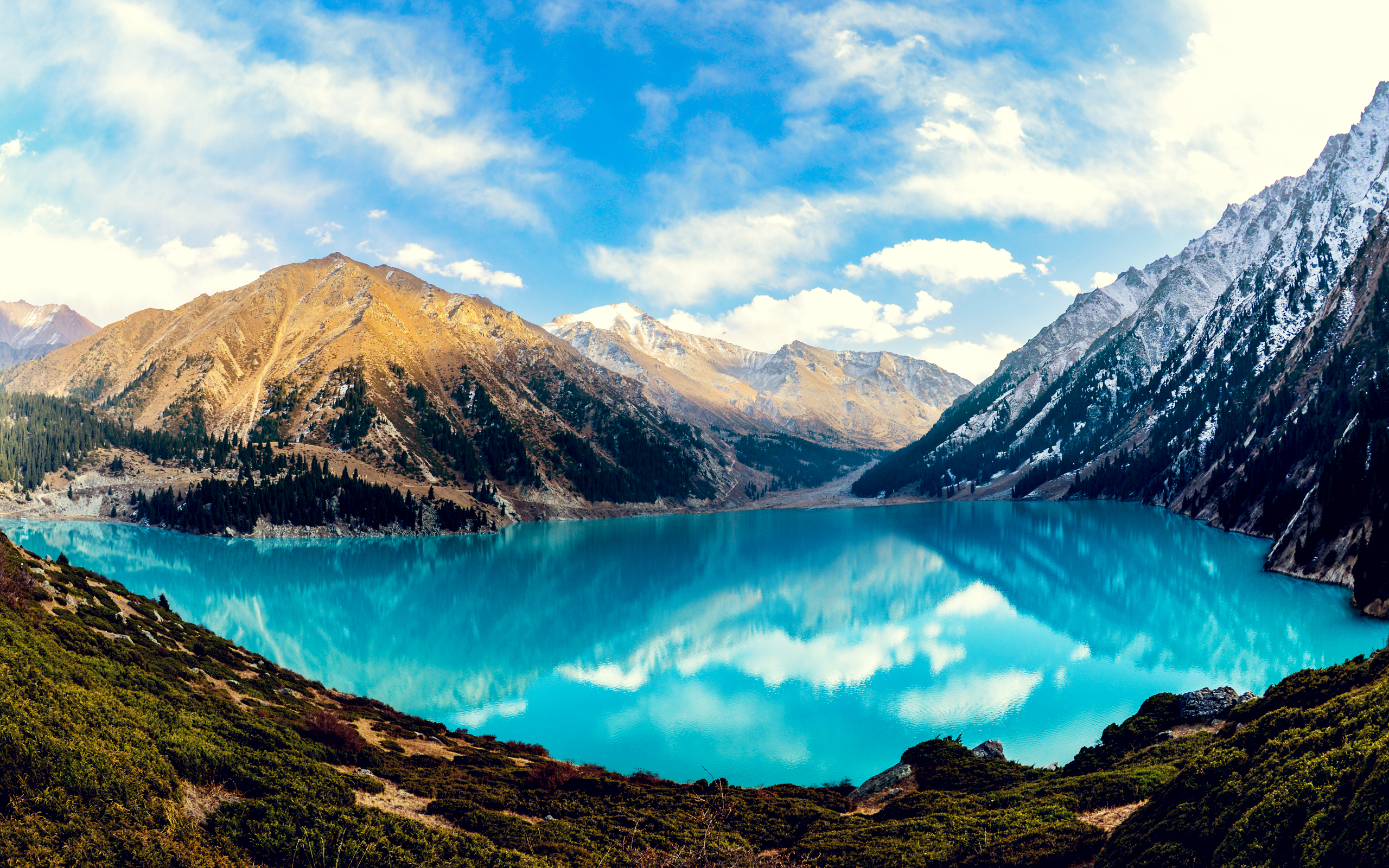The Great Wall of China is considered to be one of the "seven wonders of the ancient world " and in 1987 it was included in the list of UNESCO World Heritage Sites. It is one of the most fascinating and unmissable destinations of a trip to China, both for its historical importance and architectural grandeur.
It was built over 2000 years ago, many parts have disappeared over the centuries, but just as many have survived to the present day, restored or not. Just like a huge dragon, the Great Wall winds up and down the mountains, crossing deserts and prairies for a total length of 21196.18 km, from the east coast to the highlands of the West. Known in China as Wan li chang cheng, it begins its journey from Hushan in Liaoning Province in the northeast of the country. It passes through Beijing and crosses several provinces: Hebei, Tianjin, Shanxi, Shaanxi, Ningxia, Inner Mongolia and ends with the Jiayuguan Pass in Gansu Province. Throughout the history of the Chinese Empire, more than 20 states and dynasties have contributed to its construction. The parts built under the Qin (221 B.C.-206 B.C.), Han 206 B.C.-220 A.D.) and Ming (1368-1644) dynasties alone exceed 5000 kilometers in length.
The Great Wall is one of the most visited tourist sites in the world.
